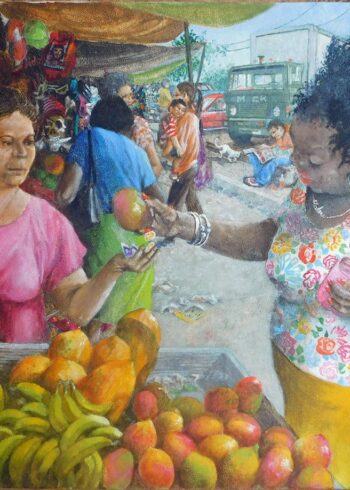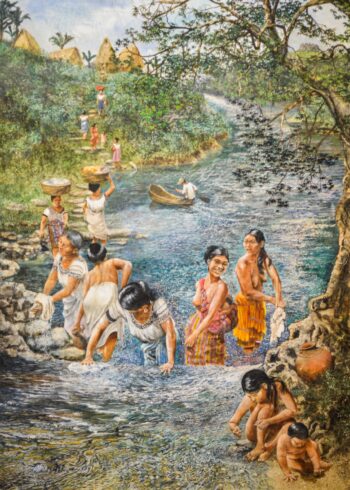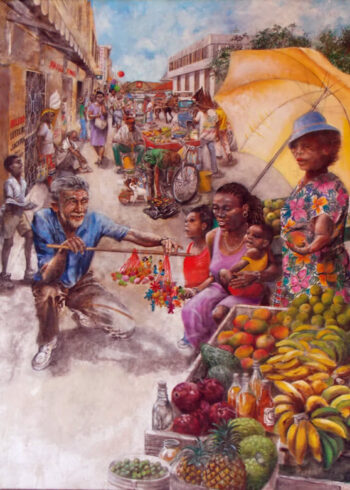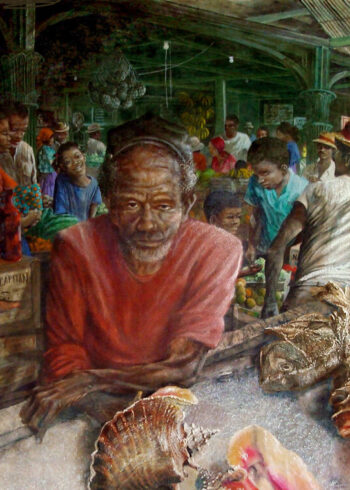USD 100.00
I remember the Maya at Flora de Café, a place so remote near the Mexican, Guatemala border that it can only be reached by a 10 hour boat ride up the Lacantun River and a 5 hour hike across mountains.
Description
I remember the Maya at Flora de Café, a place so remote near the Mexican, Guatemala border that it can only be reached by a 10 hour boat ride up the Lacantun River and a 5 hour hike across mountains.
I remember the corn field we walked through at dusk, low sun filtering through green stocks, women with pots on their heads going home to cook.
This is a place where molten lava is transformed into a grinder and earth becomes a vessel. There’s high regard for raw materials. It is commonly known that all things come from the gods, the earth, and by ones own effort. Convenience and comfort deny this and are therefore not given priority.
The abrasive action of hand upon stone refines or cleanses, providing a demonstration that there is redemptive value in difficulty. Could it be that suffering produces perseverance, character and hope? This hope has sustained the Maya for a probable 3000 year history. Such hope is illustrated in their colorful woolen weaving. It takes a whole day to produce a running inch of tightly woven cloth to be used for a “huipile” the mantle worn by Maya women that serves as a cradle, a basket, a veil or a shawl.
This woman is holding a ball of masa which she will pat into a thin, round patty, as the one being toasted on the comal. Masa is made by putting corn in a pot containing a solution of lime water. Lime fixes the nutrients in the corn and softens the hull. This is left to soak all night on the embers. In the morning the liquid is drained from the swollen kernels and the lava rock metate is used to grind the corn into masa. A metate (or mealing stone) is a mortar, a ground stone tool used for processing grain and seeds. In traditional Mesoamerican culture, metates were typically used by women who would grind calcified maize and other organic materials during food preparation (e.g., making tortillas). Similar artifacts are found all over the world, including China.
The temple is Xunantunich, a ruin here in Belize. This, like all Mayan structures was built with tremendous personal sacrifice, each stone carried on human backs. The Maya did not use animals to carry their loads nor did they use the wheel.
As the developed world stumbles pathetically toward global submission to greed, plans are being made to homogenize people and cultures. Like morphine, comfort and convenience become necessary. That’s why I remember Flora de Café.
Additional information
| Dimensions | 22 × 33 in |
|---|---|
| Medium | Offset lithograph |





